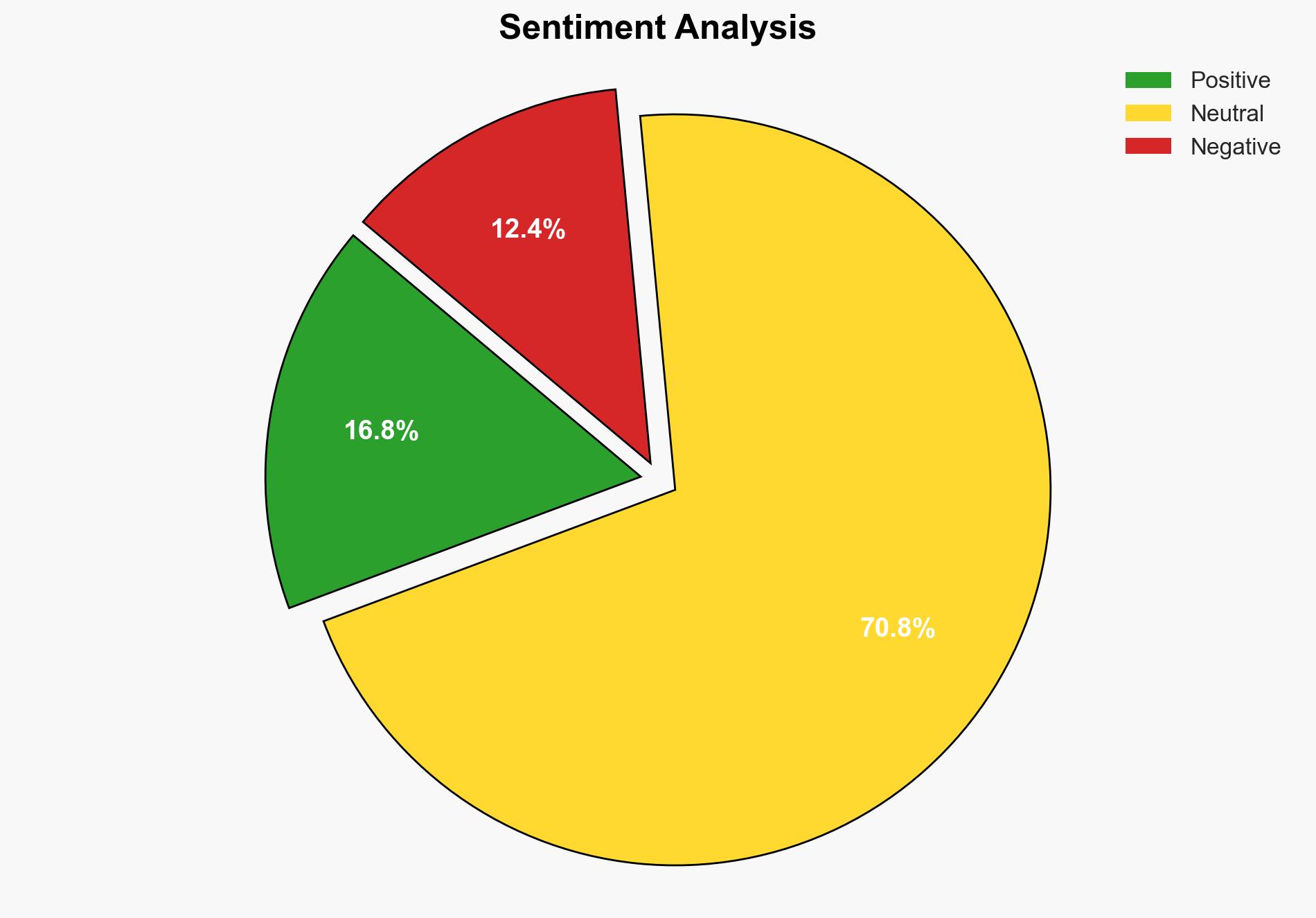New Ubuntu Linux Security Bypasses Require Manual Mitigations – Slashdot.org
Published on: 2025-03-29
Intelligence Report: New Ubuntu Linux Security Bypasses Require Manual Mitigations – Slashdot.org
1. BLUF (Bottom Line Up Front)
Recent findings have identified security bypass vulnerabilities in Ubuntu Linux that require manual mitigations. These vulnerabilities allow local unprivileged users to exploit kernel components, potentially gaining administrative capabilities. The risks are heightened when combined with other kernel vulnerabilities, leading to complete system control. Immediate attention and action are required to mitigate these risks effectively.
2. Detailed Analysis
The following structured analytic techniques have been applied for this analysis:
General Analysis
The security bypass was discovered in Ubuntu Linux, specifically affecting versions with unprivileged user namespace restrictions enabled by default. Researchers from a cloud security compliance company identified the bypass, which poses significant risks when combined with kernel vulnerabilities. The vulnerability allows local attackers to create user namespaces with administrative capabilities, compromising system integrity. Canonical has acknowledged the findings and is working on improvements to AppArmor protections.
3. Implications and Strategic Risks
The vulnerabilities present substantial risks to systems running affected Ubuntu Linux versions. Potential impacts include unauthorized access, data breaches, and system control by malicious actors. These risks could extend to national security, regional stability, and economic interests, particularly if exploited by state-sponsored or organized cybercriminal groups. The vulnerabilities also highlight broader concerns about the security of open-source software and the need for robust protective measures.
4. Recommendations and Outlook
Recommendations:
- Administrators should apply manual mitigations as outlined in the official Ubuntu discourse discussion forum.
- Organizations should enhance monitoring and logging to detect unauthorized namespace creations and potential exploit attempts.
- Consider implementing additional security layers, such as SELinux, to complement AppArmor protections.
- Engage in regular security audits and vulnerability assessments to identify and address potential weaknesses.
Outlook:
In the best-case scenario, timely mitigations and updates will prevent widespread exploitation of the vulnerabilities. The worst-case scenario involves coordinated attacks leveraging the bypass, leading to significant disruptions. The most likely outcome is a mix of successful mitigations and isolated incidents of exploitation, emphasizing the need for ongoing vigilance and security enhancements.
5. Key Individuals and Entities
The report mentions significant individuals and organizations involved in the discovery and response to the vulnerabilities:
- Qualy – The research team that identified the security bypass.
- Roddux – An independent researcher who discovered a related vulnerability.
- Canonical – The organization responsible for Ubuntu Linux, which has acknowledged the findings and is working on improvements.





